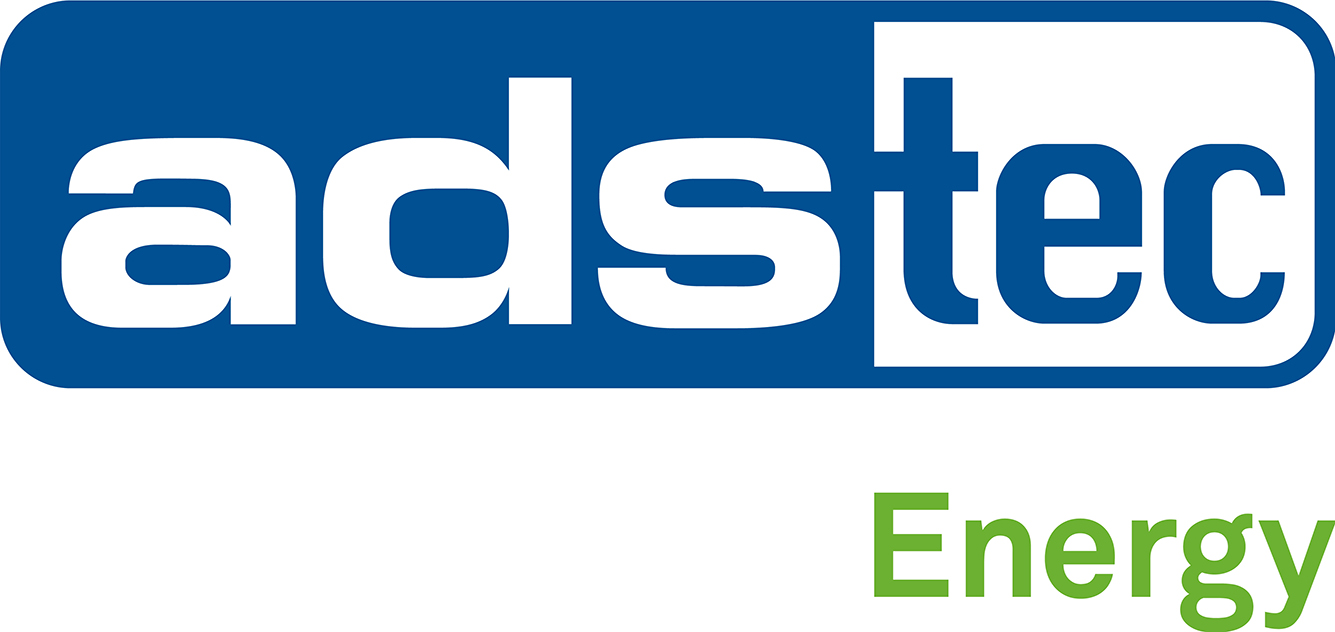This article is brought to you by ADS-TEC Energy, a NACS member
 ALEXANDRIA, Va—Infrastructure buildout has long been cited as a major stumbling block to faster acceptance of electric vehicles (EVs) in the U.S. About 50% of vehicles sold in the U.S. are projected to be EVs by 2030. This means the demand for ultra-fast charging stations will be rising, as well. But the U.S. still lags behind Europe in the number of EV chargers available to the public and EVs on the road.
ALEXANDRIA, Va—Infrastructure buildout has long been cited as a major stumbling block to faster acceptance of electric vehicles (EVs) in the U.S. About 50% of vehicles sold in the U.S. are projected to be EVs by 2030. This means the demand for ultra-fast charging stations will be rising, as well. But the U.S. still lags behind Europe in the number of EV chargers available to the public and EVs on the road.
However, that will likely change soon, given the Biden Administration’s National Electric Vehicle Infrastructure Formula Program (NEVI), which includes a goal of having EV chargers every 50 miles and no more than one mile off high-use corridors. Gas stations are uniquely situated to deliver EV charging services along the country’s interstate highways.
“Unfortunately, until now, the logistics and cost of adding EV charging capability have pushed many retailers to abandon hope of being able to provide this service,” said John Tuccillo, global head of corporate and government affairs, ADS-TEC Energy. “The good news is that with technology advancements, convenience retailers no longer have to dig up their forecourts or wreck their energy operations budget to add ultra-fast EV chargers.”
One solution is ADS-TEC Energy’s battery-buffered, ultra-fast ChargeBox charging system, which can connect to the current low-to-medium-power grid most stations operate on. “We’re helping service stations and convenience stores facilitate this transition to EVs in an economical way, so they can quickly ramp up to provide ultra-fast charging,” said Dennis Mueller, global head of product marketing, ADS-TEC Energy.
The genius of ADS-TEC Energy’s battery-buffering technology is how it pulls from existing electrical sources—which can be as low as a 50kW supply—and transforms it into the higher voltage charge needed for electric vehicles. “Our technology also allows the retailer to provide one charging model that can meet the demands of each EV make and model,” continued Mueller.
The ChargeBox automatically registers how much current the plugged-in vehicle needs and adjusts the output accordingly. “When a high-demand vehicle like a Porsche Taycan plugs in, the ChargeBox delivers up to 320kW, well beyond what the 270kW Taycan needs,” Mueller said. “When a Chevy Volt plugs in, the ChargeBox delivers the lower charge level that the Volt requires.”
With technological advancements like ADS-TEC Energy’s ChargeBox, convenience retailers can more easily join the EV revolution and provide another needed service to their customers. “Historically, the biggest barriers to mass transition from gasoline-powered to electric vehicles have been the high cost of the vehicles and range anxiety,” said Tuccillo. “Now more retailers can assuage the latter with technology like our ChargeBox without spending a fortune or disrupting their business with costly construction.”
This is the first installment of a two-part series about how ADS-TEC Energy can help retailers offer EV charging. In part two on August 18, you’ll learn why EV charging doesn’t have to be complicated. Click here for more information about ChargeBox, including an ADS-TEC Energy white paper.